ARTICLE AD BOX
James Cook
Scotland Editor
Reporting fromTórshavn, Faroe Islands
Cara Berkley
BBC News
Reporting fromTórshavn, Faroe Islands

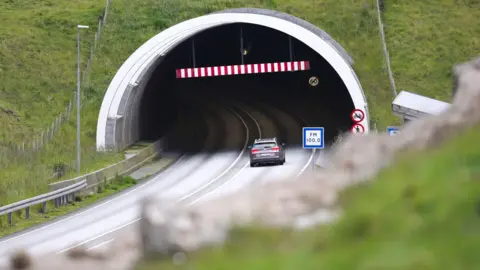 BBC
BBC
The 18 islands which make up the Faroes are connected by 23 tunnels, four of which run below the sea
The Faroese prime minister says Shetland could boost growth and revitalise island life by following his country in replacing ageing ferries with undersea tunnels.
Shetland Islands Council says it is pushing ahead with plans to build tunnels to four outlying isles in the archipelago including Unst, the most northerly place in the UK.
"I think we have learned in the Faroe Islands that investment in infrastructure is a good investment," Aksel Johannesen told BBC News.
Shetland Islands Council says its multi-million pound project is likely to be funded by borrowing money and paying it back through tolls, potentially providing a new transport model for other Scottish islands.

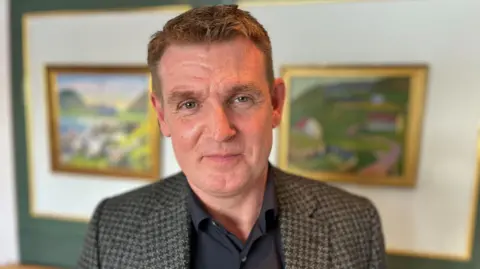
The Faroese prime minister Aksel Johannesen told BBC News tunnels had helped to grow the population and the economy of the archipelago
Critics say politicians in Scotland have wasted years talking about tunnels while the Faroes, nearly 200 miles further out into the Atlantic, have actually built them.
"It is frustrating," says Anne Anderson of salmon producer Scottish Sea Farms, which employs nearly 700 people in Scotland, including just under 300 in Shetland.
The island chain produces a quarter of all Scottish salmon - the UK's most valuable food export with international sales of £844m in 2024.
"Ten years ago Scottish salmon used to have 10 per cent of the global market. Nowadays we're slipping ever closer to five per cent," adds Ms Anderson, who blames that slide, in part, on a lack of investment in public infrastructure .
She agrees that the UK should look to the Faroes for inspiration.
"Identify what works well for them and then just copy and paste and let's get moving," urges Ms Anderson.

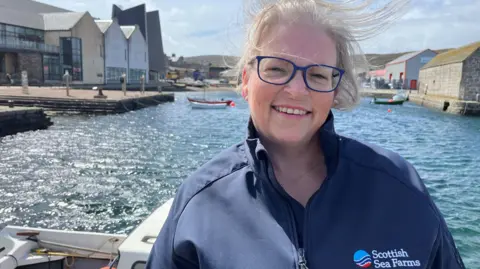
Anne Anderson of Scottish Sea Farms says politicians should get moving
They have been building tunnels in the Faroes since the 1960s.
The 18 islands which make up the self-governing nation under the sovereignty of Denmark are connected by 23 tunnels, four of which run below the sea.
More are under construction.
Most dramatic is a 7.1 mile (11.4km) tunnel which connects the island of Streymoy to two sides of a fjord on the island of Eysturoy.
It includes the world's only undersea roundabout.
At its deepest point it is 187m (614ft) below the waves and has halved the driving time between the capital Tórshavn and the second biggest town, Klaksvik.

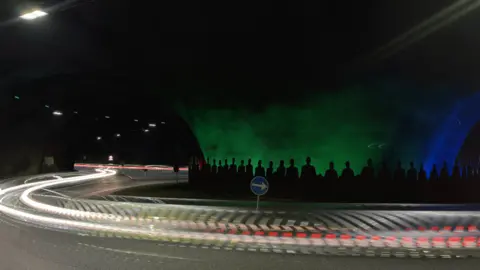
A tunnel which connects the islands of Streymoy and Eysturoy includes the world's only undersea roundabout, nicknamed the jellyfish
Speaking in his grass-roofed office looking out over a busy harbour in Tórshavn, Johannesen says tunnels helped to grow the population and the economy of the archipelago, which is home to some 54,000 people, in contrast to Shetland's 23,000.
"It's about ambition," says tunnel builder Andy Sloan, whose company worked on part of the Faroese tunnel project.
He adds the islands have led the world "in connecting an archipelago in the middle of the North Atlantic through blood, sweat and tears – and focus.
"They have delivered a remarkable piece of infrastructure," says Mr Sloan, who is executive vice-president of engineering firm COWI.
It is now advising Shetland Islands Council on the technicalities and financing of tunnels.
The Faroese tunnels were constructed using a technique known as drill and blast – where holes are drilled in rock, explosives are dropped in, and the rubble is then cleared away – which Mr Sloan says could also be used in Scotland.
"Without doubt, Shetland can copy what has been achieved in these islands," he adds.

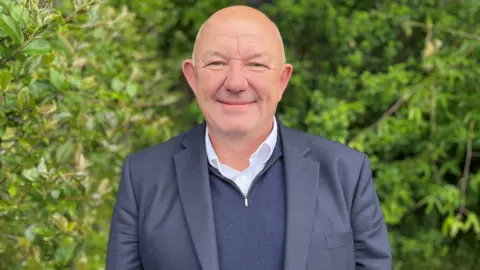
Tunnel builder Andy Sloan worked on the Faroese tunnels
Prof Erika Anne Hayfield, dean of the Faculty of History and Social Sciences at the University of the Faroe Islands, says the tunnels have delivered significant benefits.
"People can live and thrive in smaller settlements," while still participating fully in island life and commuting to "the central labour market" in Tórshavn, she explains.
"In the long term, in terms of demography, social sustainability, a lot of people on islands believe that it is necessary," adds Prof Hayfield.
But she said the costs of some tunnels had been controversial, with some Faroese arguing that they are being built at the expense of investing in schools and hospitals.

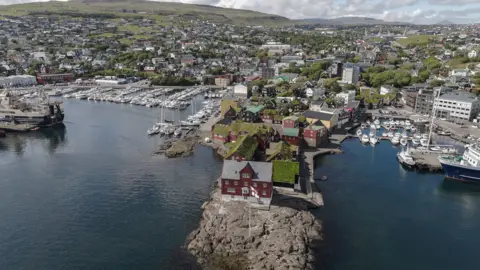
The capital, Tórshavn, is a shorter commute for islanders since the construction of the tunnel network
Shetland's main town, Lerwick, may be closer to Tórshavn than it is to Edinburgh – and closer to Copenhagen than London – but advocates of tunnels insist the islands are not a remote backwater but an advanced economy constrained by poor infrastructure.
The archipelago of 100 islands at the confluence of the North Sea and Atlantic Ocean boasts the UK's only spaceport and a thriving fishing industry.
"We land more fish in Shetland than we do in the whole of England, Northern Ireland and Wales," says council leader Emma Macdonald.
"Tunnels could be incredibly transformational," she continues.
Macdonald adds: "We're really excited about the opportunity."
The 20th Century oil and gas boom brought Shetland riches but the islands have since embraced the shift to renewable energy and are home to the UK's most productive onshore wind farm.
"Shetland's really integral to Scotland and to the wider UK," says Macdonald.
The council has authorised a £990,000 feasibility study into building tunnels to four islands – Unst, Yell, Bressay and Whalsay.
It has not yet published an estimated cost for construction.

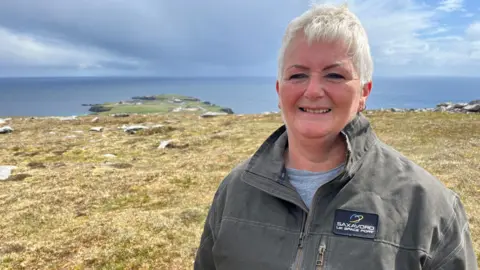
Elizabeth Johnson says tunnels would "enhance the economic viability of the island"
"Tunnels would really open up this island for businesses," says Elizabeth Johnson, external affairs manager of Saxavord Spaceport on Unst.
She adds that they would "enhance the economic viability of the island".
But with neither the Scottish nor UK governments volunteering to pay for Shetland's tunnels, the Faroese funding model of borrowing paid back by tolls looks likely to be adopted.
"I think people recognise that there is probably a need for tolling and I think people understand that," says Macdonald.
She adds: "They already have to pay to go on the ferries."
At present the council runs ferry services to nine islands, carrying around 750,000 passengers each year on 12 vessels at a cost of £23m per year.
The average age of the fleet is 31.5 years, costs have risen sharply in the past decade, and some routes are struggling to meet demand for vehicle places.
Hebridean and Clyde ferries, off the west of Scotland, run by Scottish government-owned Caledonian MacBrayne, are also ageing and have been beset by problems.

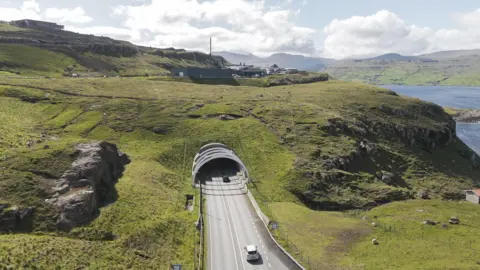
The 18 islands which make up the self-governing nation under the sovereignty of Denmark are connected by 23 tunnels
Mr Sloan says tunnels could provide more robust transport links for the west coast as well as the Northern Isles.
"Quite frankly, it can be repeated in Shetland, and not just Shetland, possibly elsewhere in Scotland."
Mr Sloan agrees that tolls are the most feasible funding option.
Tolls were abolished on the Skye Bridge in 2004 after a long-running campaign of non payment, and were scrapped on the Forth and Tay road bridges in 2008.
But Ms Johnson, of the Saxavord Spaceport, reckons Shetlanders would be happy to pay their way.
"I don't think anybody that I've spoken to would be against tolls," she says.

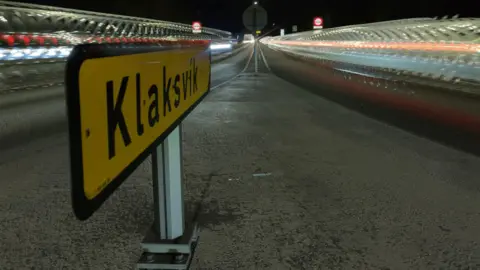
Four tunnels in the Faroes run below the sea
Although there is no organised opposition to tunnels in Shetland some locals do express concern about whether they would change what it means to be an island.
Pat Burns runs the northernmost shop in the British Isles, The Final Checkout on Unst.
She was not convinced about tunnels at first, fearing that they would alter the nature of island life.
"I like the challenges of trying to get from A to B," she explains.
However after years of worrying about bad weather interrupting supplies for her shop and seeing tourists turned away because ferries are full, she has changed her mind.
"I was a wee bit iffy-iffy about it before," she says, "but now I realise that if Unst doesn't get a tunnel, the challenge is going to be too big."

 5 hours ago
14
5 hours ago
14





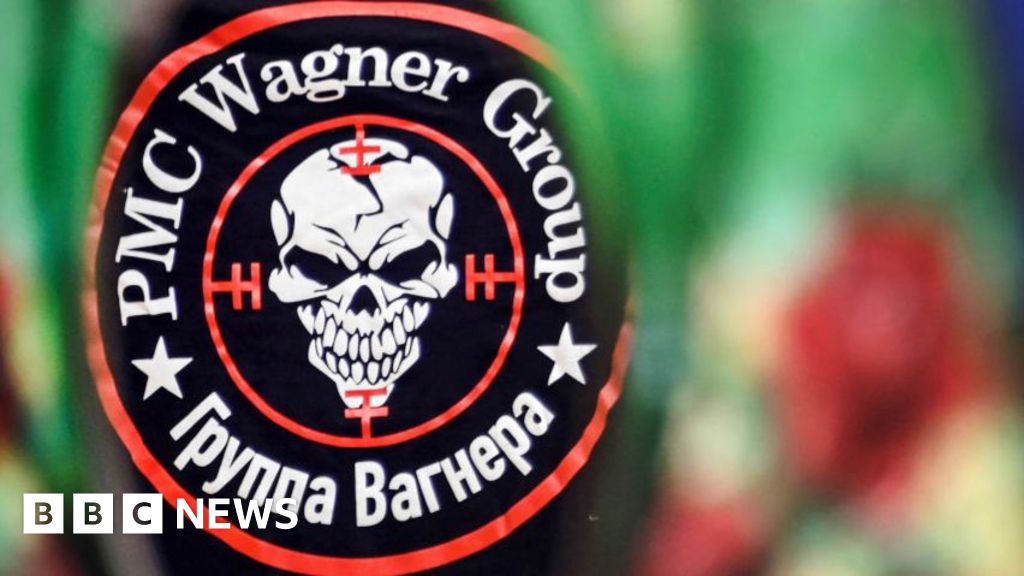


 English (US) ·
English (US) ·